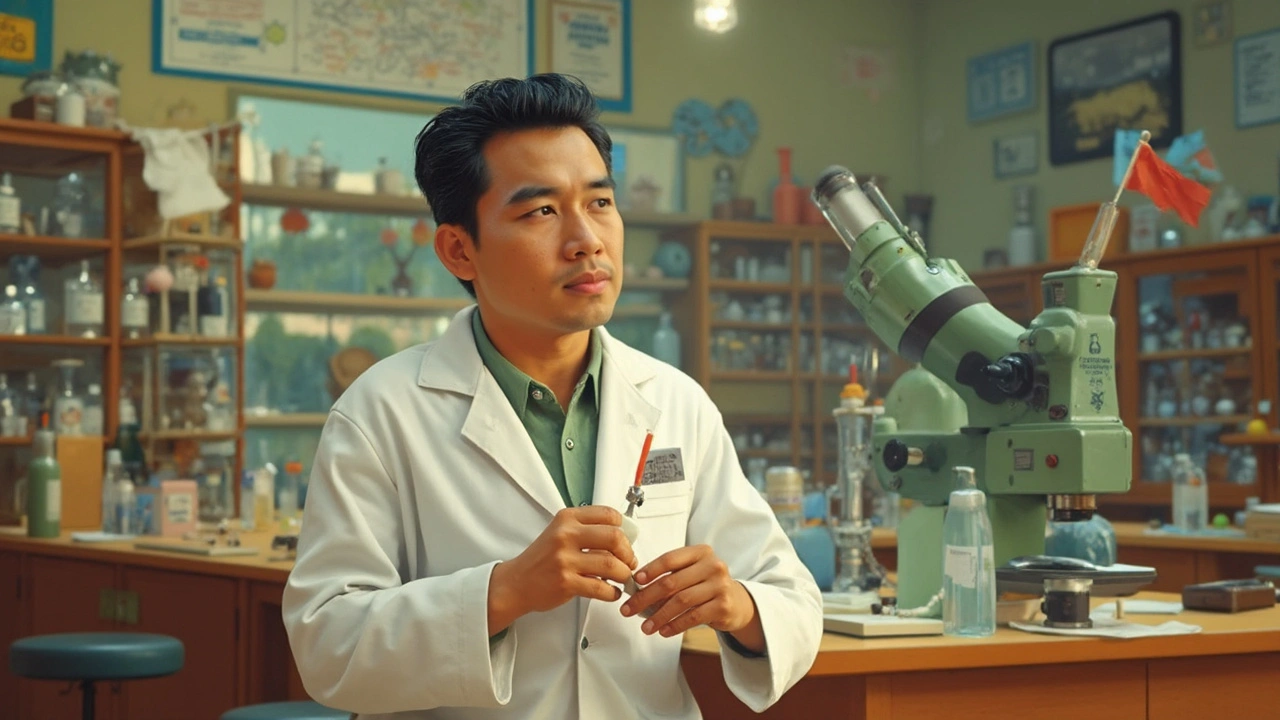History of Antibiotics: How We Got the Power to Fight Bugs
Ever wonder why a simple pill can cure an infection that once meant death? The story behind antibiotics is full of chance discoveries, wartime urgency, and modern warnings about resistance. Knowing where we started helps you understand what’s at stake today.
Early Remedies and the Birth of Modern Antibiotics
Long before pills, people used moldy bread, honey, or plant extracts to stop infections. In the early 1900s, German chemists created sulfonamides – the first synthetic drugs that actually killed bacteria in the body. These “sulfa” medicines proved you could target microbes without surgery and set the stage for a new medical era.
Penicillin’s Accidental Breakthrough
In 1928 Alexander Fleming noticed a mold (Penicillium) had wiped out Staphylococcus colonies on his petri dish. He called the substance penicillin, but it stayed a lab curiosity for years because he couldn’t make enough of it. The real push came in the late 1930s when scientists at Oxford and later at the U.S. government figured out how to grow the mold in large vats.
World War II turned penicillin into a lifesaver. Mass‑production factories sprouted in the U.S., Britain, and Canada, delivering enough drug to treat wounded soldiers on the front lines. By war’s end, millions of lives were saved, and penicillin became the model for every new antibiotic that followed.
After penicillin, researchers hunted other natural sources. In 1943 Streptomycin, discovered in soil bacteria, proved effective against tuberculosis – a disease that had killed millions. The 1950s saw a boom of new classes: tetracyclines, macrolides, and aminoglycosides each opened doors to treat previously untreatable infections.
But the success story had a dark side. Bacteria are fast learners; within years they began mutating against these drugs. By the 1970s doctors reported penicillin‑resistant Staph and multi‑drug‑ resistant TB. The warning bell rang loudly: overuse and misuse were feeding resistance.
Since then, the pharmaceutical pipeline has slowed. Few new antibiotic classes have reached market because developing them is costly and returns are low. Meanwhile, stewardship programs now push doctors to prescribe only when needed, and researchers explore alternatives like bacteriophages and anti‑virulence drugs.
Understanding the history of antibiotics isn’t just trivia – it shows how a chance mold changed modern medicine and why we must protect what we have. Every time you finish a course or ask for a prescription, remember: the fight against bugs started over a century ago, and it’s still ongoing.

The History of Erythromycin: Tracing Its Discovery and Impact
Erythromycin, an essential antibiotic in the medical world, has a fascinating history that dates back to the mid-20th century. It's discovery by a Filipino scientist, Dr. Abelardo Aguilar, marked a significant milestone in battling bacterial infections. This article explores the intriguing journey of erythromycin, highlighting its scientific roots, clinical applications, and the unexpected challenges that shaped its development. Learn how this antibiotic not only changed medical treatments but also influenced modern medicine.